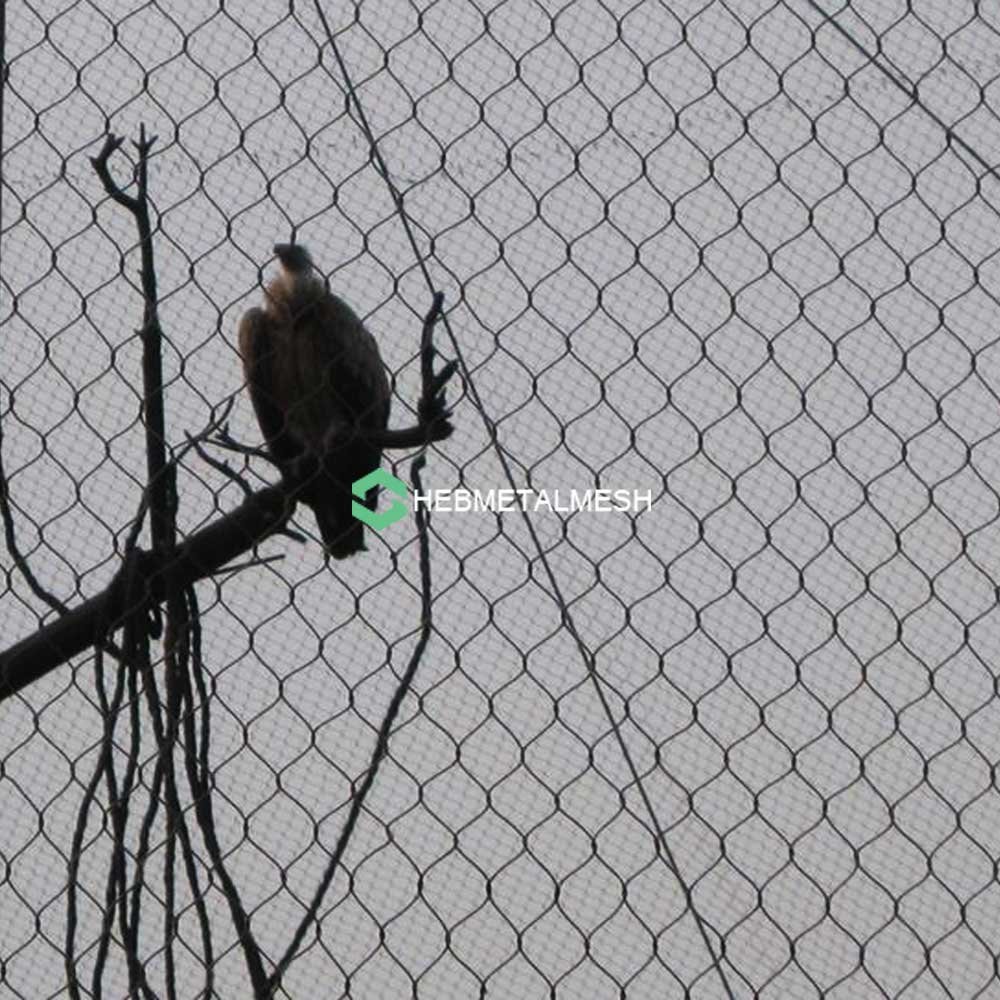Creating a safe and secure environment for both animals and visitors is paramount for any zoo. The fencing of animal enclosures plays a critical role in this endeavor, but the costs associated can vary widely. To understand the zoo enclosure fencing cost, it is important to consider several factors that can influence pricing. Here, we outline the key considerations to keep in mind when budgeting for wildlife fencing.
Material Costs
The choice of material is one of the most significant factors affecting fence pricing. Common materials used for zoo enclosures include chain link, welded wire mesh, stainless steel cable, and glass. Each has its own price point and suitability based on the species they are intended to contain. For instance, stainless steel is durable and has a high resistance to corrosion, making it a more expensive option compared to chain link.
Durability and Longevity

Investing in durable materials can reduce long-term costs associated with repair and replacement. Material longevity should be factored into the initial cost assessment to ensure that the chosen fencing solution offers value over its lifespan.
Size and Complexity of Enclosures
The larger and more complex the enclosure, the more materials and labor will be required, thus increasing the cost. Custom designs that include features like curves, slopes, or additional security measures to prevent digging or climbing will add to the overall expense.
Topography and Installation Challenges
The topography of the zoo site can also influence costs. Uneven terrain or hard-to-reach areas may require specialized installation techniques or additional labor, driving up the pricing.
Safety Regulations
Zoos must adhere to stringent safety standards to protect both animals and visitors. Compliance with these regulations can necessitate specific types of fencing or installation methods that may be more costly but are essential for legal and ethical operation.
Specialized Needs of Animals
Different species have unique needs that must be taken into account when designing enclosures. For example, fencing for aviaries must prevent birds from escaping, while big cat enclosures require robust materials that can withstand the strength of these large predators. Addressing these specialized needs can influence the overall cost of the enclosure fencing.
Visibility and Aesthetics

Zoos also strive to provide an immersive and educational experience for visitors. This means that fencing should not only be functional but also allow for clear visibility and be aesthetically pleasing. Opting for less obtrusive materials like glass or thin cable may enhance the visitor experience but also add to the cost.
Labor and Installation
The labor involved in installing zoo enclosures is another cost factor. Skilled workers are needed to ensure that the fences are properly constructed and safe. The cost of labor can vary depending on location, the complexity of the project, and the time required to complete the installation.
In conclusion, the cost of zoo enclosure fencing can be influenced by a variety of factors, including material choices, enclosure size and complexity, safety regulations, the specialized needs of animals, visibility, aesthetics, and labor costs. It’s important to consider these factors comprehensively to ensure the safe containment of wildlife while also managing budgetary constraints. A careful assessment of these considerations will lead to a fencing solution that is both effective and cost-efficient for any zoo environment.


